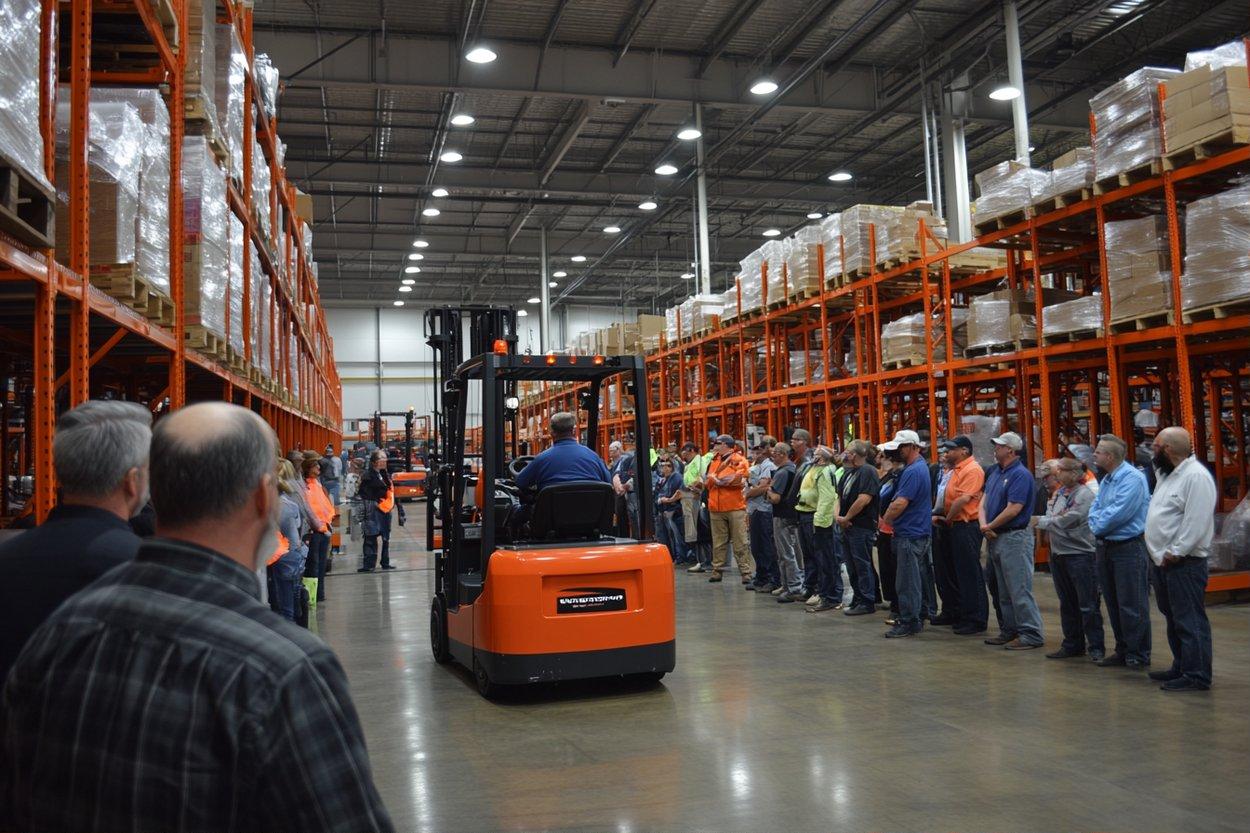Safety compliance checklist for heavy equipment and warehouse operations
This article outlines a practical safety compliance checklist for heavy equipment and warehouse operations, addressing core areas such as inspections, maintenance, inventory controls, automation impacts, facility planning, and workforce training to support consistent regulatory adherence and operational safety.

Ensuring compliance for heavy equipment and warehouse operations requires systematic attention to processes, documentation, and human factors. A robust checklist helps facility managers, safety officers, and production teams reduce incidents, meet regulatory requirements, and maintain continuity across manufacturing, logistics, and storage activities. This article presents clear, actionable areas to include in an organizational compliance program, focusing on equipment condition, facility controls, operational procedures, and workforce readiness while integrating modern concerns like IoT monitoring and retrofit planning.
Safety in manufacturing and production
A foundational compliance item is a documented safety program tailored to your production environment. Include machine guarding, lockout/tagout procedures, personal protective equipment (PPE) standards, and hazard communication for chemicals and processes. Regular risk assessments should capture process-specific exposures and result in mitigation measures. Coordinate these controls with production schedules so safety tasks—like isolations or short-duration shutdowns—are planned, tracked, and recorded to avoid gaps between operations and protective measures.
Maintenance and equipment inspections
Scheduled preventive maintenance and routine inspections reduce unplanned downtime and safety risks. Create inspection checklists for heavy assets such as forklifts, cranes, conveyors, and pallet racks; record findings, corrective actions, and completion dates. Use maintenance logs to track component life, lubrication, brake and steering checks, and hydraulic systems. Integrating predictive maintenance where feasible—based on vibration, temperature, or oil analysis—can help prioritize repairs and extension of equipment service life while maintaining compliance.
Warehouse inventory and storage controls
Inventory management impacts safety: overloaded racks, poor stacking, and blocked aisles increase incident risk. Define load limits for shelving and racking, mark aisles and emergency exits, and implement inventory rotation to minimize long-term storage hazards. Regularly audit storage configurations and label materials handling equipment. Procedures for hazardous materials should align with applicable regulations, with spill containment, MSDS access, and controlled segregation of incompatible goods.
Automation, IoT, and retrofits considerations
Automation and IoT integrations change risk profiles and compliance needs. When retrofitting automated conveyors, AGVs, or sensor systems, perform a hazard analysis and update machine safety documentation. Ensure networked devices do not introduce control vulnerabilities: separate safety-critical controls from general IT networks where required and validate safe stop features. Use IoT data to support compliance—examples include automated alerts for overdue inspections or analytics that highlight abnormal equipment behavior—but retain human oversight for final safety decisions.
Facilities, energy use, and logistics planning
Facility-level controls—lighting, ventilation, energy isolation, and emergency systems—affect operational safety. Maintain adequate lighting in storage and staging areas, ensure HVAC and dust-control systems are functioning, and keep energy isolation maps current for quick response during service. Logistics planning should minimize internal traffic conflicts by defining vehicle routes, pedestrian zones, and staging areas. Coordinate energy management with maintenance to prevent inadvertent restarts during service and include energy audits in retrofits.
Training, documentation, and compliance audits
Consistent training and up-to-date documentation are central to meeting regulatory expectations. Provide initial and refresher training on equipment operation, hazard recognition, and emergency procedures. Maintain accessible documentation: inspection records, maintenance logs, training certificates, and safety data sheets. Conduct internal audits and mock inspections to identify gaps, then update procedures and training based on findings. Engage cross-functional teams—operations, maintenance, and safety—to ensure compliance measures are practical and consistently followed.
Conclusion
A comprehensive safety compliance checklist ties together equipment care, facility controls, logistics planning, automation considerations, and workforce competency. Regular inspections, clear documentation, and ongoing training reduce risks and support reliable operations across manufacturing, production, and warehouse environments. Periodic reviews and updates—especially after retrofits or process changes—help maintain alignment with evolving standards and operational realities.





